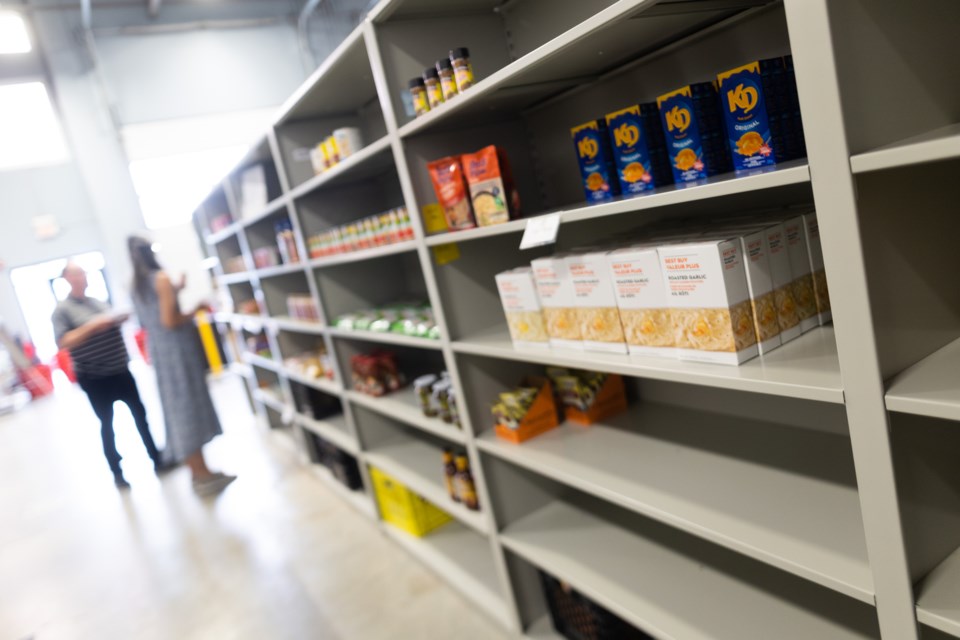The proportion of Canadian families who were food insecure increased from 16 per cent in 2021 to 18 per cent in 2022, according to Statistics Canada (StatCan).
Families in Newfoundland and Labrador experienced the highest rates of food insecurity with 23 per cent, and Albertans fared only slightly better with 22 per cent of families being food insecure in 2022.
Along with regional variances, the report from StatCan found Indigenous families were more than twice as likely to experience food insecurity, and racialized families generally had higher likelihood of being food insecure. Single mothers were among the most vulnerable, with almost half of single mothers below the poverty line experiencing food insecurity last year.
Sharon Kennedy, president of the Westlock and District Food Bank, said the number of people in the region struggling to cover grocery costs has gone up more than the two per cent national increase noted in the report.
“We saw a huge increase,” Kennedy said. “In 2021, we served 3,102 people. And in 2022, we served 4,220 people.”
Single people, who aren’t included in the StatCan data, account for part of this increase, with the Westlock Food Bank at times serving 30 or more per week, Kennedy said. Families living in rural areas also face additional challenges that can make food insecurity more prevalent, such as longer shipping distances and higher prices, but chief among them is the scarcity of good paying jobs, she said.
“We know of people that come to our food bank, that are a single parent, and they have to work three jobs, and they still have to come to the food bank,” Kennedy said.
Though StatCan found senior-led families were the least likely to experience food insecurity, Kennedy said they saw more seniors coming through the doors of the food bank last year.
“The people that I'm worried most about are children and seniors. Because in 2021, we served 353 seniors. And in 2022, we serve 405 seniors. And for children, we probably see 20 to 30 children a week.”
Alberta Food Matters is a volunteer organization concerned with food security in the province. In recent years, the organization has shifted its focus to school food programs because “if you can support kids, then you change the future. You give them a better chance,” said chair Wanda Laurin.
Canada is the only G7 country without a national school food program, and the absence of such a program is often more noticeable in rural communities, Laurin said.
“The cities and the city schools are well-resourced to feed the kids. Whereas in the rural (schools), they often are not well-resourced. In fact, I'd say almost 100 per cent are not well-resourced,” she said.
Because city schools have larger populations, they have greater access to school board funding or grants that can go to food programs, as well as having a larger community pool to draw on for support. In rural communities, where a school might have fewer than 100 students, “that's tough to get money in to feed kids when you’ve got really small numbers,” she said.
Rural communities depend heavily on donations, and funding can be like “shifting sand” because schools can’t be sure what they are going to get from year to year, Laurin said. Where food programs do exist, it often comes down to having a local champion doing the work to get granola bars, make sandwiches, and “scrape it all together.”
“The kids that are fed, even in the rural schools, will get something like a teacher or educational assistant who will make extra sandwiches, and they'll just freeze them," Laurin said. "And then if the kids don't have lunch, or forget the lunch, then they might get to access that.”
Alberta Food Matters is advocating for a national school food program, “because if provinces and the federal government all kick into feeding our kids, that is a much more stable underpinning for those kids, for the next generation coming up,” Laurin said.



